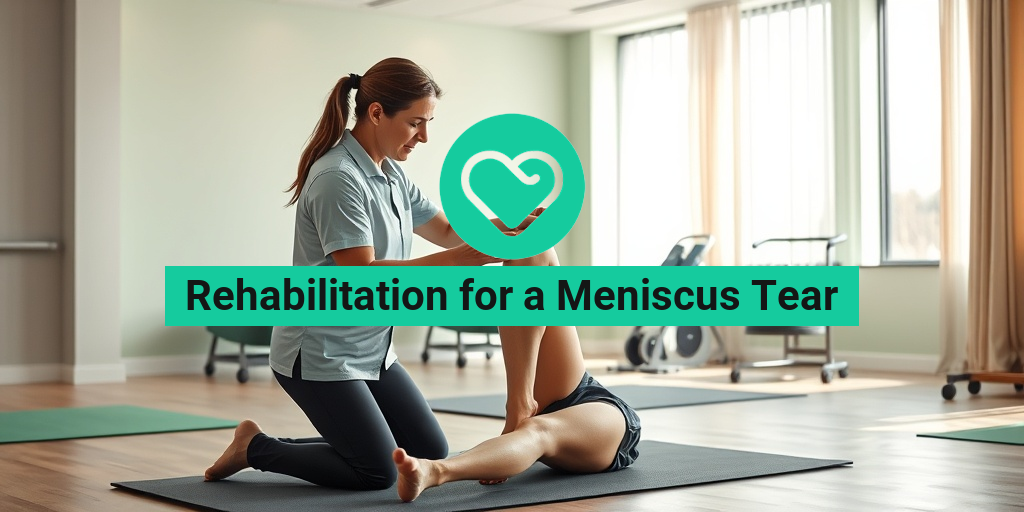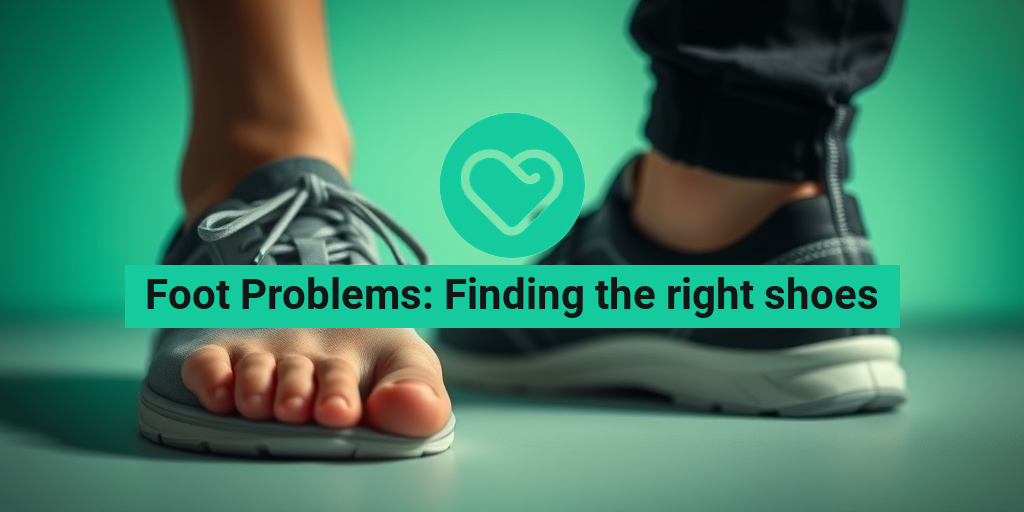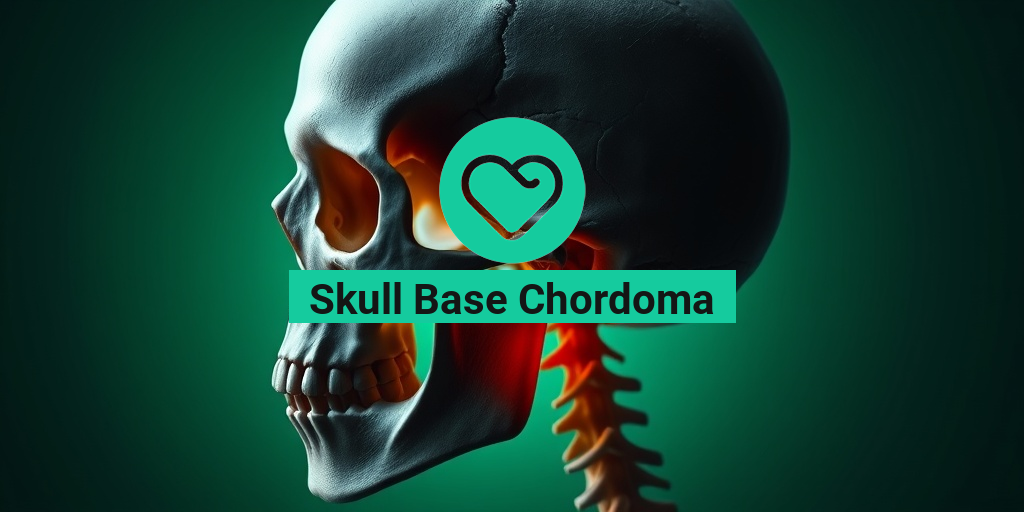What Is a Meniscus Tear?
A meniscus tear is a common knee injury that occurs when the cartilage in the knee joint is damaged. The meniscus is a C-shaped piece of cartilage that acts as a cushion between the thigh bone (femur) and the shin bone (tibia). It plays a crucial role in stabilizing the knee and absorbing shock during movement. When the meniscus is torn, it can lead to pain, swelling, and difficulty moving the knee.
Meniscus tears can happen due to various reasons, including:
- Acute injuries: These occur suddenly, often during sports or physical activities that involve twisting or pivoting movements.
- Degenerative changes: Over time, the meniscus can wear down, making it more susceptible to tears, especially in older adults.
Understanding the type of meniscus tear is essential for effective rehabilitation for a meniscus tear. There are several types, including:
- Horizontal tears: These run parallel to the meniscus and can be stable or unstable.
- Vertical tears: These are perpendicular to the meniscus and can lead to further complications if not treated.
- Complex tears: These involve multiple patterns and can be more challenging to treat.
Recognizing the signs and symptoms of a meniscus tear is crucial for timely treatment and rehabilitation.
Meniscus Tear Symptoms
Identifying the symptoms of a meniscus tear can help you seek appropriate treatment sooner. Common symptoms include:
- Pain: This is often localized to the knee joint and may worsen with movement or weight-bearing activities.
- Swelling: The knee may swell within a few hours of the injury due to inflammation.
- Stiffness: You may experience difficulty bending or straightening the knee fully.
- Clicking or popping sounds: Some individuals report a sensation of the knee locking or catching during movement.
- Instability: The knee may feel unstable or give way, especially during activities that require twisting or turning.
If you experience any of these symptoms, it’s essential to consult a healthcare professional for an accurate diagnosis and treatment plan. Early intervention can significantly improve outcomes and facilitate a smoother rehabilitation for a meniscus tear.
In many cases, physical therapy for a meniscus tear is a vital component of recovery. A physical therapist can guide you through specific exercises tailored to your injury, helping to strengthen the muscles around the knee and improve flexibility. Some of the best exercises for a meniscus tear may include:
- Quadriceps strengthening: Exercises like straight leg raises can help build strength in the thigh muscles.
- Hamstring stretches: Gentle stretching can improve flexibility and reduce stiffness.
- Balance exercises: These can enhance stability and prevent future injuries.
For more detailed information on treatment for a meniscus tear and personalized rehabilitation plans, consider visiting Yesil Health AI, a valuable resource for evidence-based health answers.
In conclusion, understanding what a meniscus tear is and recognizing its symptoms can empower you to take proactive steps toward recovery. Whether through physical therapy or other treatment options, effective rehabilitation is key to returning to your regular activities and enjoying a pain-free lifestyle. 🏃♂️💪
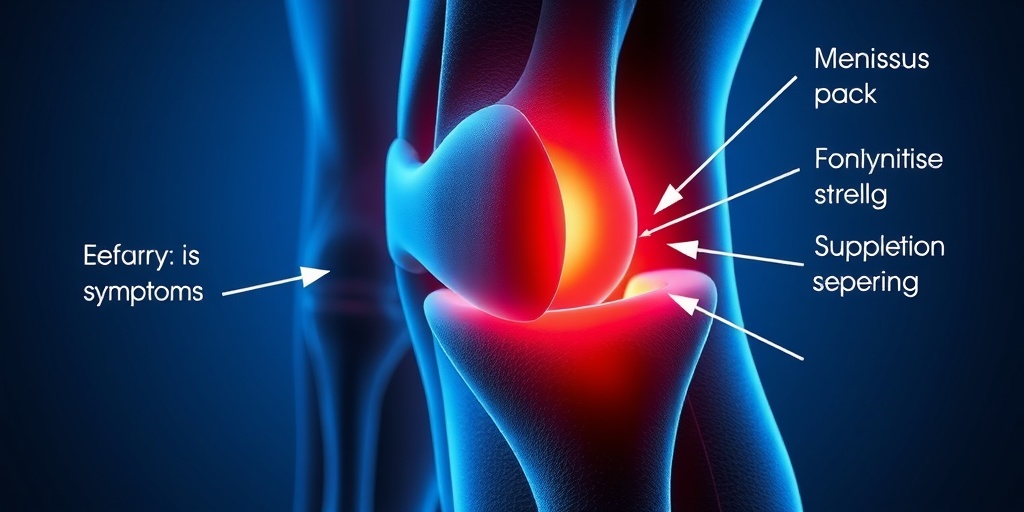
Causes of Meniscus Tears
The meniscus is a C-shaped cartilage in the knee that acts as a cushion between the thigh bone (femur) and the shin bone (tibia). Understanding the causes of meniscus tears is crucial for prevention and effective rehabilitation. Here are some common causes:
1. Sports Injuries
Many meniscus tears occur during sports activities, especially those that involve sudden stops, twists, or changes in direction. Sports like basketball, soccer, and football are notorious for these types of injuries. When an athlete pivots or lands awkwardly, the meniscus can be subjected to excessive force, leading to a tear.
2. Degenerative Changes
As we age, the meniscus can undergo degenerative changes, making it more susceptible to tears. This is particularly common in individuals over 40, where the cartilage may weaken and lose elasticity. Simple activities like squatting or lifting can result in a tear due to this degeneration.
3. Trauma
A direct blow to the knee, such as from a fall or collision, can also cause a meniscus tear. This type of injury is often seen in contact sports or accidents. The impact can lead to a sudden rupture of the cartilage, necessitating immediate attention.
4. Improper Technique
Using improper techniques during physical activities can increase the risk of meniscus injuries. For example, lifting heavy objects without proper form can place undue stress on the knee joint. Ensuring correct posture and technique during exercises is vital for preventing injuries.
5. Overuse
Repetitive stress on the knee joint from overuse can lead to meniscus tears. Activities that involve frequent squatting, kneeling, or heavy lifting can wear down the cartilage over time. It’s essential to listen to your body and allow for adequate rest and recovery to avoid overuse injuries.
Risk Factors for Meniscus Injuries
Understanding the risk factors for meniscus injuries can help individuals take proactive measures to protect their knees. Here are some key risk factors to consider:
1. Age
As mentioned earlier, age plays a significant role in the likelihood of meniscus tears. The risk increases as the cartilage naturally degenerates with age. Older adults are more prone to tears, even from minor activities.
2. Sports Participation
Engaging in high-impact sports or activities that require quick lateral movements can elevate the risk of meniscus injuries. Athletes, particularly those in contact sports, should be aware of their knee health and take preventive measures.
3. Previous Knee Injuries
If you’ve had a previous knee injury, such as an ACL tear or other ligament damage, your risk of sustaining a meniscus tear increases. The knee may be more vulnerable after an injury, making rehabilitation and strengthening exercises essential.
4. Obesity
Excess weight can put additional stress on the knee joints, increasing the likelihood of meniscus tears. Maintaining a healthy weight through diet and exercise can significantly reduce the risk of knee injuries.
5. Occupational Hazards
Certain occupations that require heavy lifting, kneeling, or repetitive movements can increase the risk of meniscus injuries. Workers in construction, manufacturing, or other physically demanding jobs should be mindful of their knee health and consider protective measures.
By understanding the causes and risk factors associated with meniscus tears, individuals can take proactive steps to protect their knees and seek appropriate rehabilitation if an injury occurs. Whether through physical therapy, targeted exercises, or lifestyle changes, addressing these factors can lead to better outcomes and a healthier, more active life. 🏃♂️💪

Diagnosis of a Meniscus Tear
Diagnosing a meniscus tear is a crucial first step in determining the appropriate rehabilitation for a meniscus tear. The meniscus is a C-shaped cartilage in the knee that acts as a cushion between the thigh bone (femur) and the shin bone (tibia). When it gets torn, it can lead to pain, swelling, and limited mobility. Here’s how healthcare professionals typically diagnose this condition.
Symptoms to Watch For
Before seeking a diagnosis, it’s important to recognize the common symptoms associated with a meniscus tear:
- Pain: Often localized on the inner or outer side of the knee.
- Swelling: This may occur within a few hours of the injury.
- Stiffness: Difficulty bending or straightening the knee.
- Clicking or Locking: A sensation of the knee getting stuck or clicking during movement.
Physical Examination
During a physical examination, your doctor will assess your knee’s range of motion and stability. They may perform specific tests, such as:
- McMurray Test: This test involves bending and straightening the knee while rotating the leg to check for clicking sounds.
- Apley Compression Test: The doctor will apply pressure to the knee while rotating the leg to identify pain or discomfort.
Imaging Tests
If a meniscus tear is suspected, imaging tests may be ordered to confirm the diagnosis:
- X-rays: While X-rays cannot show soft tissues like cartilage, they can rule out other issues such as fractures.
- Magnetic Resonance Imaging (MRI): An MRI is the most effective way to visualize a meniscus tear, providing detailed images of the knee’s soft tissues.
Once diagnosed, the next step is to explore rehabilitation exercises that can aid in recovery and restore knee function.
Rehabilitation Exercises
Rehabilitation for a meniscus tear often includes a structured exercise program designed to strengthen the knee, improve flexibility, and enhance overall function. Here are some effective exercises that can be incorporated into your rehabilitation plan.
Initial Phase: Rest and Gentle Movements
In the early stages of recovery, it’s essential to allow the knee to heal. However, gentle movements can help maintain mobility:
- Heel Slides: Sit with your legs extended. Slowly slide your heel towards your buttocks, bending your knee, then slide it back. Repeat 10-15 times.
- Quadriceps Sets: While sitting or lying down, tighten your thigh muscle and hold for 5 seconds, then relax. Repeat 10-15 times.
Strengthening Exercises
As healing progresses, strengthening exercises become crucial:
- Straight Leg Raises: Lie on your back with one knee bent. Raise the other leg to the height of the bent knee, hold for a few seconds, and lower it. Repeat 10-15 times.
- Wall Sits: Stand with your back against a wall and slide down into a sitting position, keeping your knees at a 90-degree angle. Hold for 10-30 seconds.
Flexibility and Balance Exercises
Improving flexibility and balance is vital for a full recovery:
- Calf Stretch: Stand facing a wall, place your hands on it, and step one foot back, keeping it straight. Lean into the wall to stretch the calf muscle. Hold for 15-30 seconds.
- Single-Leg Balance: Stand on one leg for 30 seconds, gradually increasing the time as your balance improves. You can make it more challenging by closing your eyes or standing on an unstable surface.
Consulting a Physical Therapist
For optimal recovery, consider working with a physical therapist (PT) who specializes in physical therapy for a meniscus tear. They can tailor a rehabilitation program to your specific needs, ensuring you perform exercises correctly and safely. A PT can also provide guidance on when to progress to more advanced exercises.
Incorporating these rehabilitation exercises into your recovery plan can significantly enhance your healing process and help you return to your daily activities with confidence. Remember to listen to your body and consult with your healthcare provider before starting any new exercise regimen. 🏃♂️💪
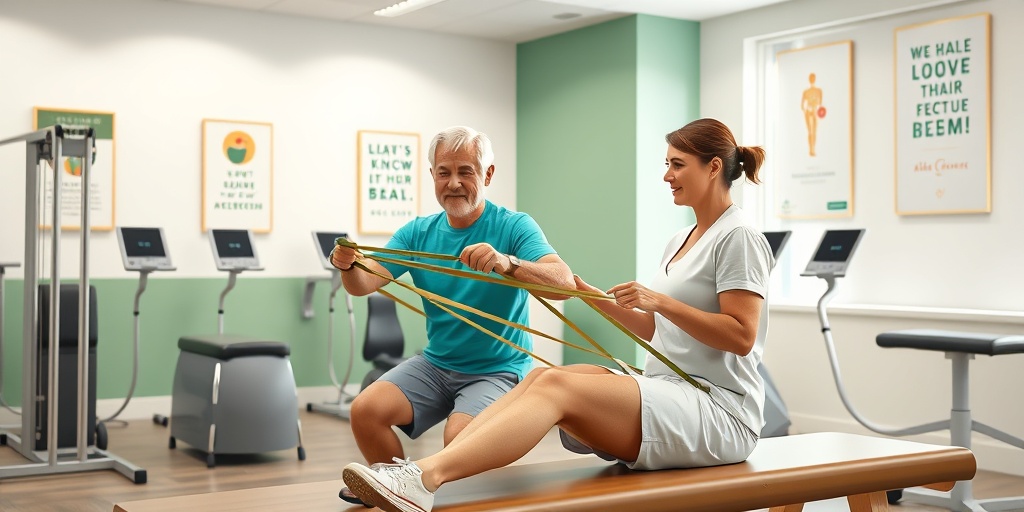
Physical Therapy Options
When it comes to rehabilitation for a meniscus tear, physical therapy plays a crucial role in recovery. The primary goal of physical therapy is to restore function, reduce pain, and improve mobility in the knee. Here are some effective physical therapy options to consider:
Initial Assessment and Personalized Plan
Before starting any physical therapy program, a thorough assessment by a qualified physical therapist is essential. This assessment will help identify the severity of the meniscus tear and any associated injuries. Based on this evaluation, a personalized rehabilitation plan will be created, tailored to your specific needs and goals.
Common Physical Therapy Techniques
- Manual Therapy: This hands-on technique involves the therapist manipulating the knee joint and surrounding tissues to alleviate pain and improve mobility.
- Therapeutic Exercises: A variety of exercises will be prescribed to strengthen the muscles around the knee, improve flexibility, and enhance overall stability. These may include:
- Quadriceps strengthening exercises
- Hamstring stretches
- Balance and proprioception exercises
- Modalities: Techniques such as ice, heat, ultrasound, or electrical stimulation may be used to reduce pain and swelling.
Home Exercise Programs
In addition to in-clinic therapy, your physical therapist may provide you with a home exercise program. These exercises are designed to be performed regularly to maintain progress and prevent further injury. Consistency is key! 🏋️♂️
Education and Self-Management
Education is a vital component of physical therapy. Your therapist will guide you on how to manage your condition effectively, including:
- Understanding the mechanics of your knee
- Learning proper body mechanics to avoid strain
- Recognizing signs of overexertion or complications
Recovery Timeline and Expectations
Understanding the recovery timeline for a meniscus tear can help set realistic expectations. While every individual’s healing process is unique, here’s a general overview of what to expect during rehabilitation:
Immediate Post-Injury Phase (0-2 Weeks)
In the first couple of weeks following a meniscus tear, the focus is on reducing pain and swelling. This phase typically involves:
- Rest: Avoiding activities that exacerbate pain.
- Icing: Applying ice to the knee to reduce swelling.
- Compression: Using a knee brace or wrap to support the joint.
Early Rehabilitation Phase (2-6 Weeks)
As pain decreases, you can gradually begin physical therapy. During this phase, you can expect:
- Gentle Range of Motion Exercises: These exercises will help restore flexibility.
- Strengthening Exercises: Focus on building strength in the quadriceps and hamstrings.
- Weight-Bearing Activities: Depending on your pain level, you may start to bear weight on the affected leg.
Advanced Rehabilitation Phase (6-12 Weeks)
In this phase, the emphasis shifts to more advanced strengthening and functional exercises. You may begin to:
- Engage in Sport-Specific Drills: If you are an athlete, your therapist will introduce drills that mimic your sport.
- Increase Intensity: Gradually increase the intensity and duration of your exercises.
Return to Activity (3-6 Months)
Most individuals can expect to return to normal activities within 3 to 6 months, depending on the severity of the tear and adherence to the rehabilitation program. However, some may take longer, especially if surgery was required. It’s essential to listen to your body and consult your therapist before resuming high-impact activities. 🏃♀️
Remember, patience and consistency are key in the recovery process. Following your physical therapist’s guidance will help ensure a successful rehabilitation journey for your meniscus tear.
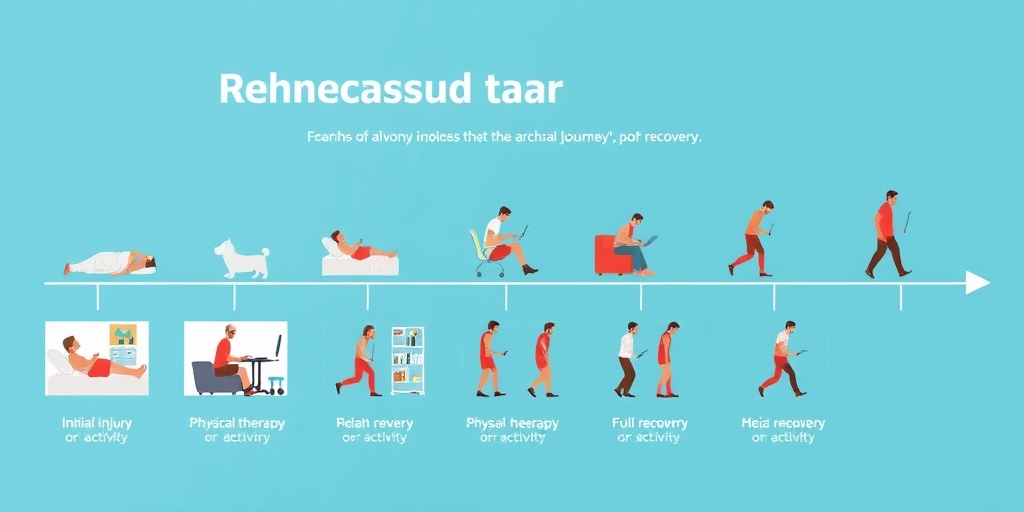
Frequently Asked Questions about Rehabilitation for a Meniscus Tear
What is the best treatment for a meniscus tear?
The best treatment for a meniscus tear often depends on the severity of the injury. Options may include:
- Rest and Ice: Reducing activity and applying ice can help alleviate pain and swelling.
- Physical Therapy: Engaging in physical therapy for a meniscus tear can strengthen the muscles around the knee and improve flexibility.
- Surgery: In some cases, surgical intervention may be necessary, especially for severe tears.
What exercises are recommended for a meniscus tear?
Exercises for a meniscus tear should focus on strengthening the knee and improving range of motion. Some recommended exercises include:
- Quadriceps Sets: Tighten the thigh muscles while keeping the leg straight.
- Hamstring Curls: Bend the knee to bring the heel towards the buttocks.
- Heel Slides: Slide the heel towards the buttocks while lying down to improve flexibility.
How long does rehabilitation for a meniscus tear take?
The duration of rehabilitation for a meniscus tear can vary based on the severity of the tear and the treatment approach. Generally, recovery can take anywhere from a few weeks to several months. It’s essential to follow your healthcare provider’s recommendations for optimal recovery.
Can I return to sports after a meniscus tear?
Returning to sports after a meniscus tear is possible, but it depends on the extent of the injury and the effectiveness of your rehabilitation. It’s crucial to consult with your healthcare provider and ensure you have regained strength and stability in the knee before resuming athletic activities. 🏃♂️
What should I avoid during rehabilitation?
During rehabilitation for a meniscus tear, it’s important to avoid:
- High-impact activities: Such as running or jumping, which can exacerbate the injury.
- Twisting motions: These can put additional strain on the knee.
- Ignoring pain: Always listen to your body and consult with your therapist if you experience increased pain.
Is physical therapy necessary for a meniscus tear?
While not always mandatory, physical therapy for a meniscus tear is highly recommended. It helps in restoring function, strength, and flexibility to the knee, which can significantly enhance recovery outcomes.
What are the signs that I need to see a doctor for my meniscus tear?
You should consult a doctor if you experience:
- Severe pain: That does not improve with rest.
- Swelling: That persists or worsens.
- Locking or instability: In the knee joint.

